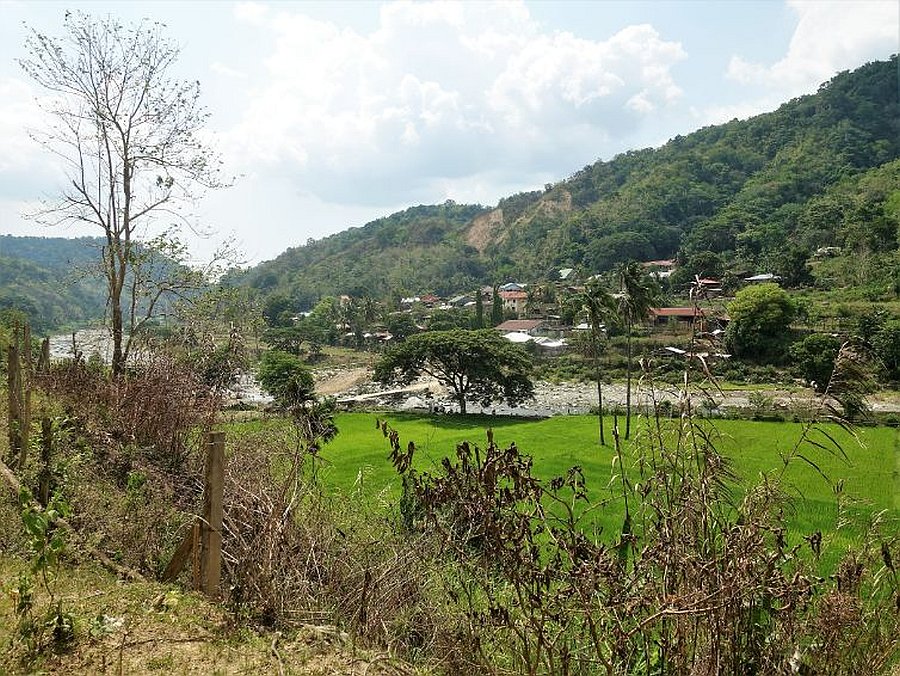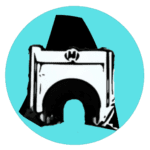The History of Bucloc
The History of Bucloc
The history of Bucloc, a municipality in the province of Abra, Philippines, traces back to its early settlement and the subsequent events that shaped its development and identity over the years.
Bucloc’s history can be traced to the arrival of early settlers in the area. Among the notable settlers was Capitan Daodawen of Cabaruyan, Daguioman. He was the only son of Maday-acan, who migrated from “Vhotloc” in Dao-angan, Kalinga-Apayao. Maday-acan later moved to Bingtitan, Bacao, Sallapadan, where he married Ao-wanen of Masadiit, who had Masadi-iy and Binongan heritage.
Capitan Daodawen, who celebrated his 115th birth year in January 1952, based on a citation during the Spanish regime, played a significant role in the early history of Bucloc. His birth year is estimated to be around 1837, and he passed away in 1957.
During the turn of the 19th century, Maday-acan and his brothers Wanawan and Wadwadan from Vhotloc, Dao-angan, along with Siddayao and his brothers Gaddawon and Cagayongan from Longwa-an, Balbalasang, Kalinga, migrated to the lowlands known as “day-as” in Kalinga. While Maday-acan settled in Bangtitan, Bacao, Siddayao and his group stopped at Nagasasan. These early settlers explored the adjacent territories and discovered a valley, which is now known as Bucloc-Daguioman, an ideal place for settlement.
Maday-acan and his group eventually moved to Codal, Ud-udiao, Sallapadan, where his only son, Daodawen, was born. Siddayao visited his cousins Bayay and Puglay in Pacsal, Sallapadan, and proposed that they all move down to the valley. In honor of this occasion, Puglay butchered a large pig, and they celebrated with wine from a bamboo tube measuring 7-8 meters long. They took this as a sign of the success of their planned move to the valley.
The early settlers divided the valley among themselves for convenience and protection. Siddayao and his group settled in the eastern part of the valley from Lingey upstream, while Peglay and his group occupied the lower part of the land from Lamao westward. They named their settlement “Vhotloc” after Maday-acan’s former abode in Kalinga, which means the “land of flowing or living streams” due to the presence of a river and numerous brooks and creeks.

The Early Settlers
Vhotloc, to the early settlers, symbolized a land of promise. Siddayao and his group settled first in Baniwas, then Cadacad, and finally in Lingey. Peglay’s group settled in Daldalao and Lamao. Over time, the settlement grew, and the settlers established their roots in the valley.
Siddayao, now a widower, remarried a woman named Danny from Guina-ang, Pasil, Kalinga. He invited Danny’s relatives to migrate to the valley, and they settled in Danac. Siddayao and Danny eventually moved and settled in Lamao, where they lived until old age.
In the early days of Bucloc’s history, headhunting was prevalent in the region. During a headhunting expedition in Bangkagan, Luba, Bayay, one of the leaders, fell in love with a beautiful lady named Tannao whom he saw bathing in a spring. Bayay’s marriage to Tannao ended the feud and headhunting between the Bannao and Maleng clans of Luba and Tubo. Bayay settled in Luba, while some of his descendants later married in Lamao.
With the establishment of Spanish sovereignty, the seat of government was located in San Andres, now known as Lingoy. Siddayao, as the Gobernadorcillo, invited many of his clansmen from Banao to settle there. This migration led to the population growth of nearby areas such as Cabaruyan, Pikek, Tui, and Ableg. Several migrants from Bucloc, including Andomang, Gaddawan, Salabao, Di-ig, Cagayongan, and Daodawen, became officials during the Spanish Era. Daodawen, in particular, served as Gobernadorcillo until the arrival of the Americans.
With the arrival of the Americans, Daligdig was appointed as the first official in Bucloc, as a reward for assisting the Americans against the “insurrectos.” He was succeeded by Bitakong, Sagmayao, Quelang, Lumawig, and others, who held various leadership positions in the municipality.
In 1917, Sallapadan became a separate town, encompassing the barangays from Lamao to Ducligan within its territory. Lingey up to Ableg remained part of San Andres due to irregularities in the conduct of elections. However, due to the anomalous elections, some leaders from Sallapadan, Lubuagen, and Bucloc petitioned the national government for the creation of a new town. In 1920, Bucloc was officially founded, covering the barrios of Ducligan, Labaan, Lamao (poblacion), and Lingey. Lubuagen became the first “President” of Bucloc.
To this day, Bucloc remains composed of four barangays: Ducligan, Labaan, Lamao (poblacion), and Lingey. Its history is a testament to the perseverance and resilience of its early settlers, who carved out a vibrant community in the picturesque valley of Bucloc-Daguioman in Abra, Philippines.

Did you like “ The History of Bucloc ” ? If so then please share this page with your friends.
Leave a comment below to let me know what you liked best.
Follow ABRAmazing on Facebook, Instagram ,Twitter and Pinterest for more travel adventures and be notified about my latest posts and updates!
Thankyou for sharing 🙂
Please Note – All blog post photos on Abramazing.com are of a lower quality to enable faster loading and save you data. If you would like to buy or license higher quality copies of any of the photographs you can email us at abramazing.ph@gmail.com
All photographs and content on this website remain the property of Abramazing.com. Images may not be downloaded, copied, reproduced or used in any way without prior written consent.
Print purchases entitle the purchaser to the ownership of the image but not to the copyrights of the image which still remain with Abramazing.com even after purchase.

Follow Abramazing for more Culture, Heritage, Food and Travel around Abra
Facebook @Abramazing.Ph | Instagram @Abramazing.Ph
Twitter @Abramazing | Pinterest @AbramazingPh
Affiliate Disclaimer: Links on this website may be affiliate links that could result in us receiving compensation when you purchase a product or service from that link. You do not pay any extra fees for these items. This helps us to keep this website going. Thank you for your support.
Disclaimer | Privacy Policy | All Rights Reserved



